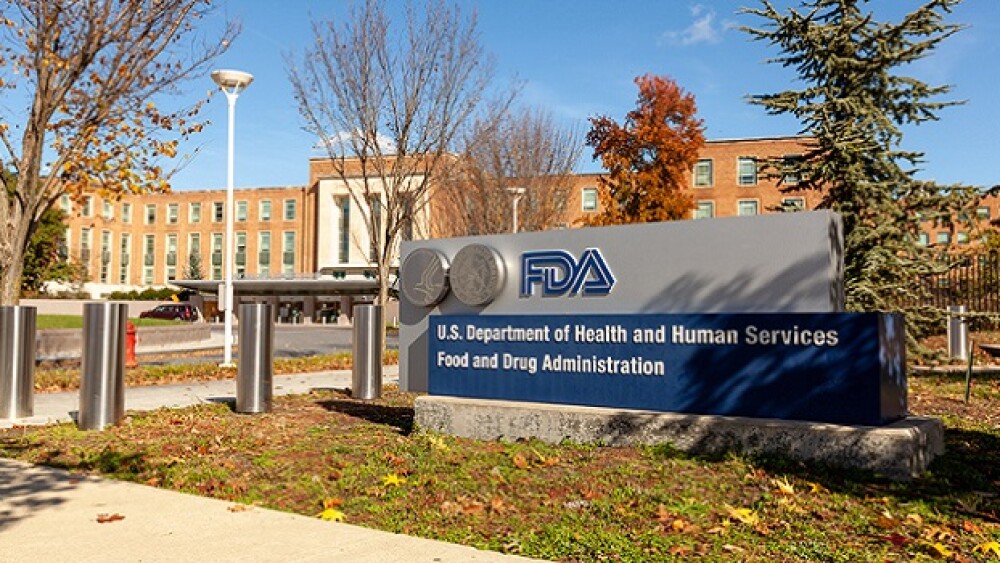While Sage Therapeutics’ drug candidate showed a slight difference compared to placebo in a mid-stage Huntington’s disease trial, William Blair analysts in a Tuesday note to investors said they “remain cautious” on dalzanemdor and “do not view the small numerical changes as definitive.”
Sage Therapeutics announced Tuesday that its oral NMDA receptor dalzanemdor showed a slight numerical improvement in a small Phase II Huntington’s disease trial, while acknowledging the study was not designed to demonstrate a statistically significant difference between the drug candidate and placebo.
The Phase II SURVEYOR study, which included 40 patients with Huntington’s Disease (HD), was designed to investigate the magnitude of cognitive impairment compared to 29 healthy participants, as well as evaluate the safety of dalzanemdor.
Sage said the study met its primary endpoint of showing a statistically significant difference, as measured by the HD-Cognitive Assessment Battery (HD-CAB) composite score, at baseline between healthy participants and those with HD prior to treatment with dalzanemdor or placebo.
While Sage noted a “small numerical difference” between dalzanemdor and the placebo, using the HD-CAB score on day 28, no complex data was provided. At the same time, the company said other “prespecified analyses” showed potential positive signals and additional work is ongoing to analyze the data.
In addition, Sage reported that dalzanemdor was generally well-tolerated and no new safety signals were observed, though 11 participants with HD experienced treatment-emergent adverse events which were mostly mild to moderate in severity.
William Blair analysts in a Tuesday note to investors called the results “underwhelming” and said they “remain cautious” on dalzanemdor and “do not view the small numerical changes as definitive” based on the SURVEYOR results.
“While we agree that this finding is critical for advancing the understanding of the HD-CAB and for the design of studies of cognitive impairments in HD, it does not provide much data on the activity of dalzanemdor,” the analysts wrote.
Sage is also waiting to report topline data for the drug in another HD study as well as treatment with dalzanemdor in Alzheimer’s disease.
It’s been a rocky road for dalzanemdor which hit significant stumbling blocks in April. A Phase II trial in Parkinson’s disease did not demonstrate a substantial difference in the Wechsler Adult Intelligence Scale Fourth Edition-IV (WAIS-IV) Coding Test score compared to placebo. The drug candidate also did not reach any exploratory endpoints, with Sage deciding to halt any further development for dalzanemdor in Parkinson’s.
Tyler Patchen is a staff writer at BioSpace. You can reach him at tyler.patchen@biospace.com. Follow him on LinkedIn.






